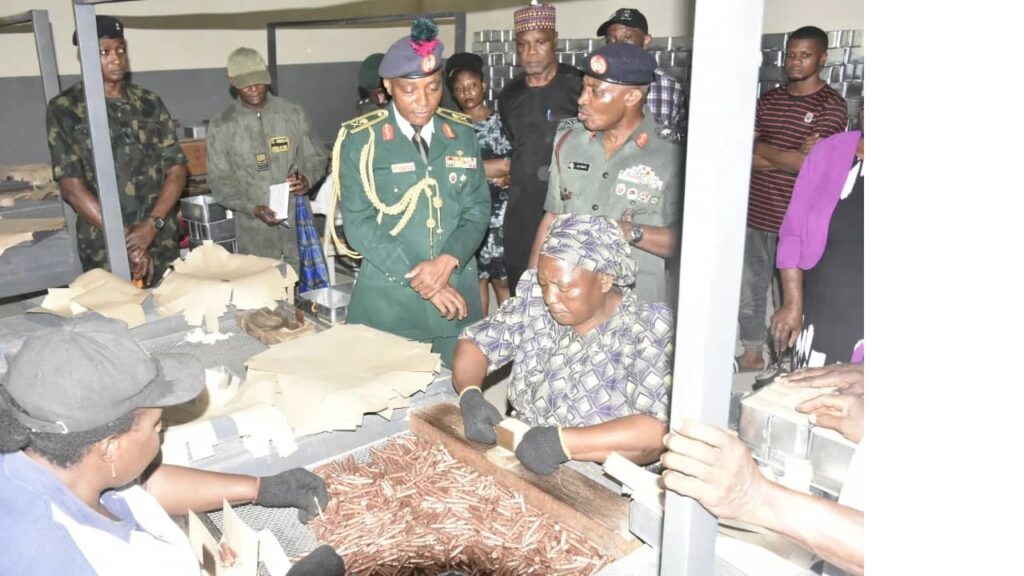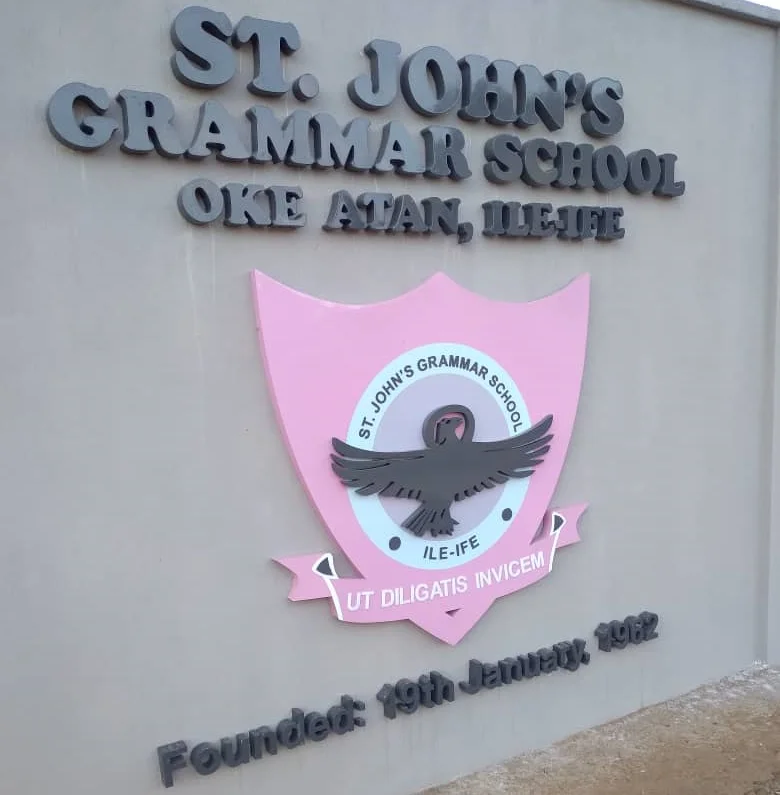
The Nigerian Safety Investigation Bureau (NSIB) has received the preliminary report of the helicopter crash near Halloran Springs, California, that claimed the lives of the Chief Executive officer of Access Holdings, Dr. Herbert Wigwe, and five others, from the National Transportation Safety Board (NTSB); the lead agency investigating the crash
A statement signed by Director, Public Affairs and Consumer Protection, NSIB, Mrs. Bimbo Oladeji, revealed that NTSB had shared the preliminary report, which provides valuable information regarding the flight path, accident scene and initial findings on the wreckage examination.
The statement disclosed that the preliminary report shared by the NTSB revealed that NSIB investigators in collaboration with other relevant authorities and stakeholders such as David Gerlach FAA, Steve Gould Orbic Air LLC, Vincent Ecalle Bureau d’Enquetes et d’Analyses, Seth Buttner; Airbus Helicopters, Bryan Larimore and Safran Group have conducted on-site examinations and analysis of available data to determine the factors that contributed to the accident.
The initial findings suggest that the helicopter suffered catastrophic damage upon impact, resulting in fragmentation of major components. The report read: “The report on the Airbus Helicopter EC130B4, registered as N130CZ and operated by Orbic Air, LLC, under Part 135 regulations for on-demand flights, outlines crucial details surrounding the tragic incident. Departing from Bob Hope Airport in Burbank, California, the helicopter embarked on a journey to Boulder City Municipal Airport in Nevada via Palm Springs International Airport. However, during its flight, adverse weather conditions characterised by rain and a mix of snow, were encountered, as reported by witnesses.
“Reports from law enforcement and eyewitnesses also indicated that several individuals travelling along Interstate 15 (I-15) observed a “fireball” in the area, prompting calls to emergency services.”
“Subsequently, the wreckage of the helicopter was said to have been discovered in the high, mountainous desert and scrub-brush covered terrain near Halloran Springs, California.
“Analysis of the accident site revealed a scattered debris pattern about 300 ft along a 120° magnetic, indicating a trajectory from an initial impact point which was a 1.5 ft deep, 12 ft long and 10 ft wide ground crater, containing fragments of the right landing gear skid, cockpit wiring and cabin floor structure.
“The right skid step protruded upward at a 45° angle at the extreme eastern edge of the ground crater. All major helicopter components were identified at the accident site. The helicopter’s fuselage was fragmented, and the cockpit and cabin were destroyed. Some debris and vegetation displayed thermal damage, indicative of the extent of the collision’s force.
“The flight control tubes and linkages leading up to the flight control servos were fragmented and continuity could not be verified. All three pitch control links were attached at the swashplate and blade pitch change horns. The main rotor blades were fragmented and broomstrawed, and the blade sleeves and tips were present. Data analysis utilised sources including automatic dependent surveillance-broadcast (ADS-B) data, operator personnel reports, and eyewitness accounts to reconstruct the flight path and sequence of events leading to the accident.”
Oladeji stated that as the investigation progresses, the NSIB remains committed to engaging the NTSB to receive the public docket of the investigation, which will comprise the compendium of information gathered throughout the investigation, which includes photographs, interview summaries, documentation and other relevant data that will give a clearer picture of the factors that led to the accident.
The statement said the Director General of the NSIB, Captain Alex Badeh, expressed gratitude for the cooperation extended by the NTSB, which has facilitated the sharing of vital information, saying they would continue to work closely with relevant authorities leading the investigation, including the NTSB, to gather additional evidence and information necessary for a comprehensive understanding of the circumstances that led to this tragic event.












